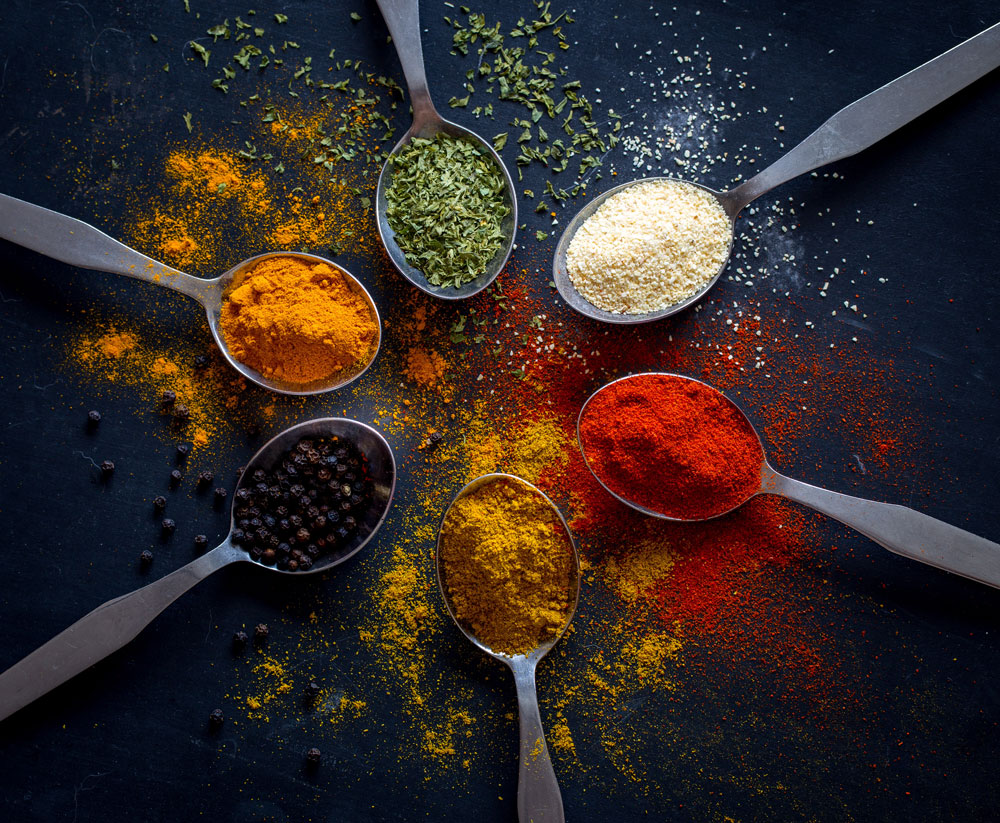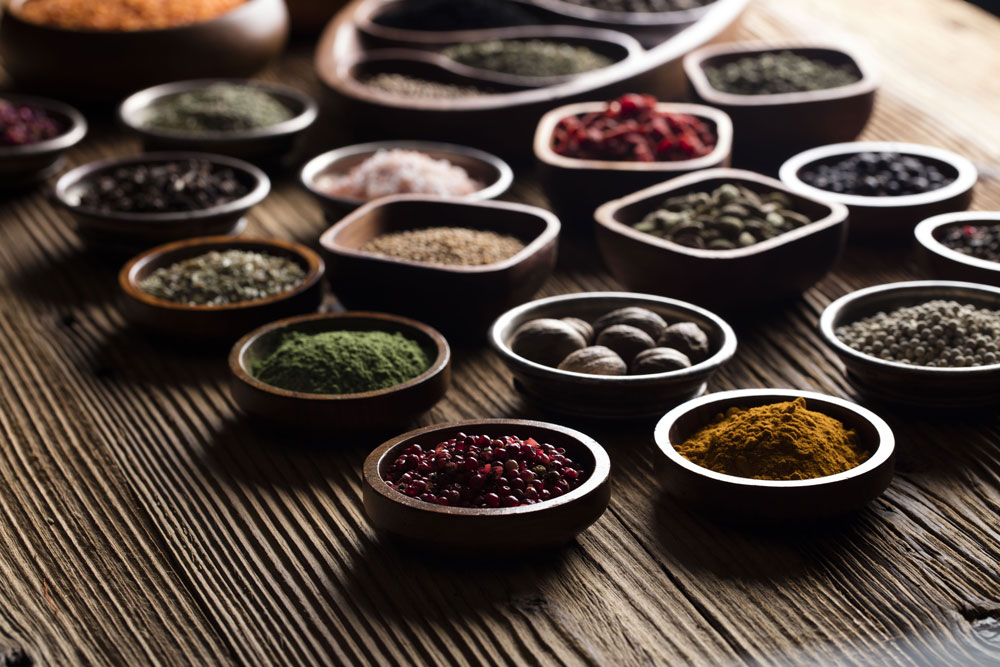Spice flavors and descriptions are everywhere in wine. I constantly describe wines as tasting like cinnamon, nutmeg, allspice, black pepper, clove, and anise – particularly when writing about red wine types. Where do these flavors come from? How do we talk about them and why do we value them so much? Here’s an introduction to this special category of wine flavor.
Where Spice Flavors Come From
The chemical origin of flavor in wine is a matter of ongoing study. Someday we may have a definitive roadmap to the origin of taste, but for now, we must rely on our senses which provide a great deal of information. Many grape varieties like Syrah and Sangiovese seem to produce their own spice flavors in the skin and juice of the berries. Even more of these tastes appear to come from oak used to ferment and age wine. French Oak, in particular, seems to provide baking spice notes. I generally expect to find at least some spice notes in red wines especially those that see time in oak barrels. 
History
Cultures around the world have traditionally used spices to flavor and preserve their foods and beverages, so it’s no surprise that many of us find them appealing today. In medieval Europe, foods were spiced very heavily with complex mixes permeating the cuisine. Spices were greatly prized for their value as luxury goods, seasonings, medicines, perfumes, and incense. It seems reasonable that wines with flavors resembling these esteemed spices would have been well regarded culturally. Spice flavors in wine may have been a happy accident resulting from the practical need to store wine in oak barrels, but they fit into the broader culinary values of society right down to the present.
A Few Spicy Wines and their Terminology
- Syrah: Syrah is the most famous grape described as “spicy.” For me, Syrah can almost be described as “mildly picante,” like a chili pepper. I doubt the wine contains any actual capsaicin – the compound that gives peppers their kick – but good Syrah has an iconic bite that I love. This is why I describe Syrah as “spicy” even when it doesn’t have specific spice flavors like clove or cinnamon.
- Zinfandel: this famous American grape doesn’t have the bite of Syrah but it does have an exotic pepper note that adds savory appeal to its bouquet. I try to use the term “peppery” rather than “spicy” for Zinfandel in general. It can also have baking spice flavors imparted by oak fermentation or aging.
- Sangiovese: among the most common and famous grapes in Italy, Sangiovese contains spice flavors that remind me of garam masala and other spice blends used in Indian cuisine. These flavors come out even if the wine is made without oak.
- Gewürztraminer: not all spicy wines are red. Gewürztraminer is a white grape that sports a different array of spices in the bouquet including ginger, turmeric, and even saffron making it unsurprising that Gewürz means spice in German.

Now that you know a little more about the spice flavors in wine, be sure to pay close attention to what you drink. Are you feeling a little kick on the palate, or are you tasting something like clove or ginger? Do you think those tastes might have come from the oak used to age the wine or from the grape itself? Questions like these will enhance your enjoyment and understanding of the wines you love.




Its hard to find knowledgeable people on this topic, but you sound like you know what youre talking about! Thanks
I AM LOOKING FOR A NUTMEG FLAVORED WINE FOR A SPECIAL OCCASION. ANY HELP WILL BE APPRECIATED. THANKS
We’d be happy to help you find a bottle with nutmeg notes! You can contact our Wine Expert, Ed, at [email protected] directly.